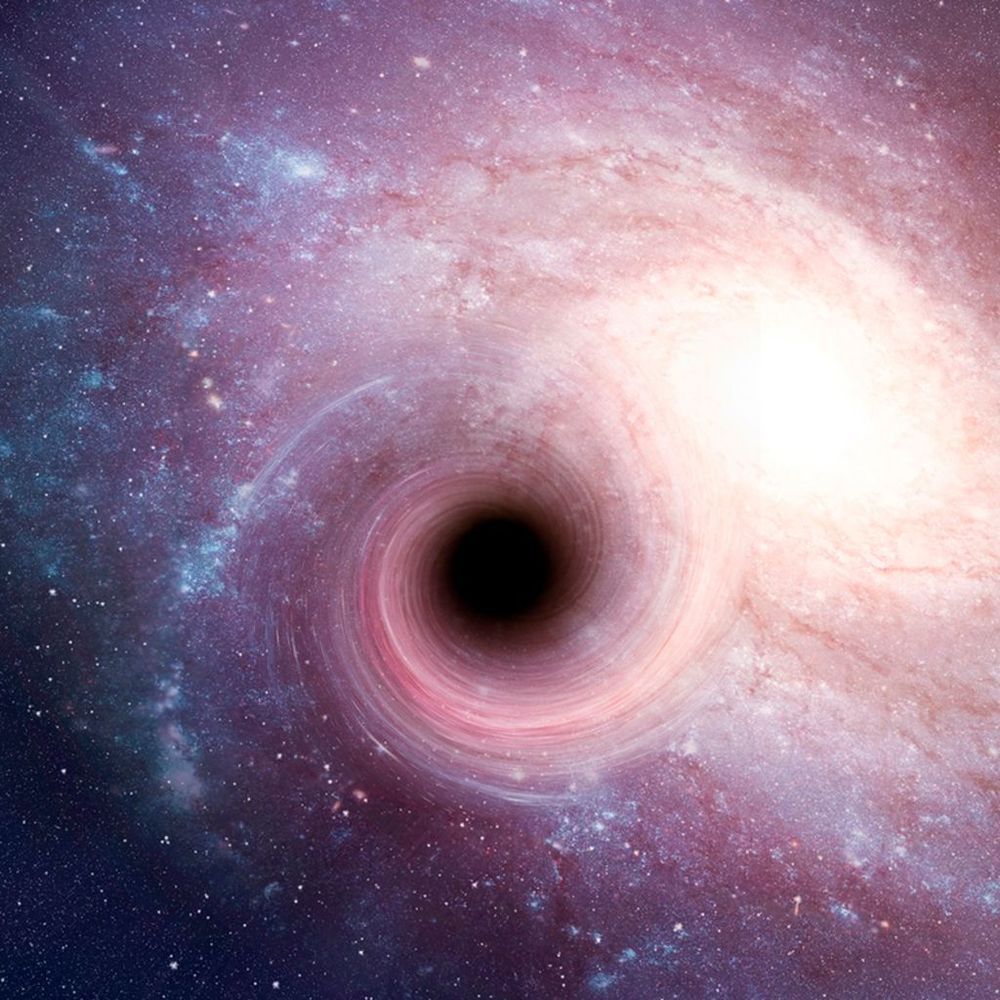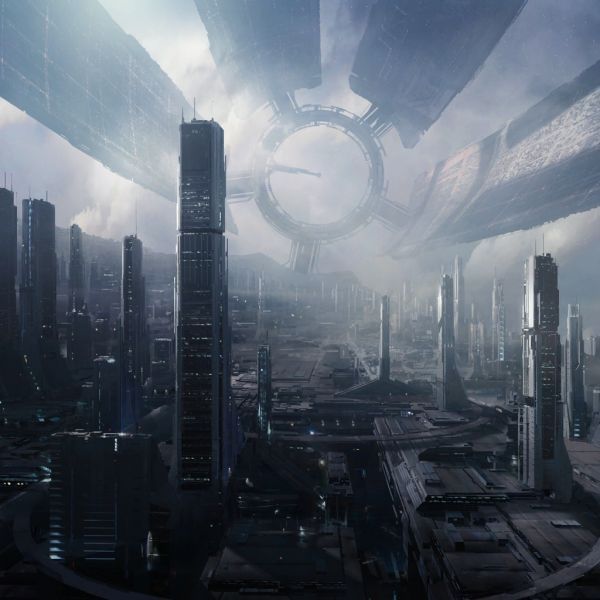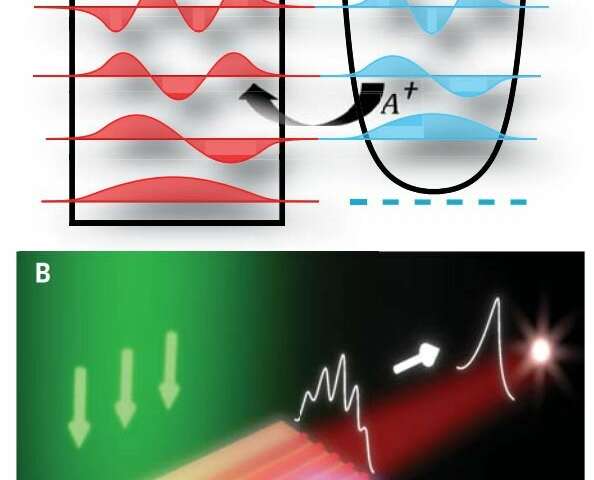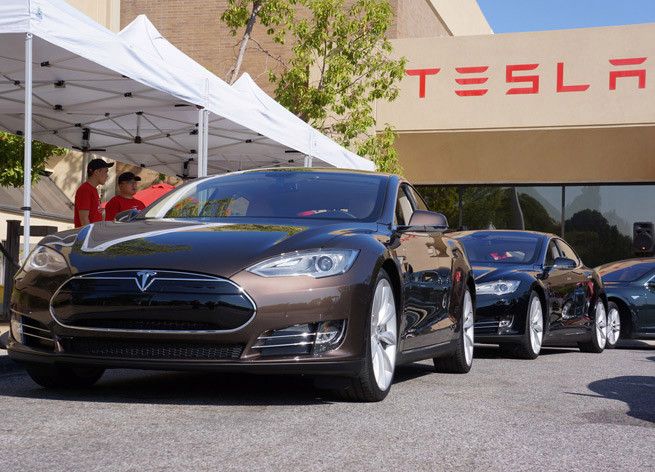May 14, 2019
Researchers successfully sent a simulated elementary particle back in time
Posted by Quinn Sena in categories: cosmology, particle physics, quantum physics
The results are fascinating and spur the imagination, but don’t start investing in flux capacitors yet. This experiment also shows us that sending even a simulated particle back in time requires serious outside manipulation. To create such an external force to manipulate even one physical particle’s quantum waves is well beyond our abilities.
“We demonstrate that time-reversing even ONE quantum particle is an unsurmountable task for nature alone,” study author Vinokur wrote to the New York Times in an email [emphasis original]. “The system comprising two particles is even more irreversible, let alone the eggs — comprising billions of particles — we break to prepare an omelet.”
A press release from the Department of Energy notes that for the “timeline required for [an external force] to spontaneously appear and properly manipulate the quantum waves” to appear in nature and unscramble an egg “would extend longer than that of the universe itself.” In other words, this technology remains bound to quantum computation. Subatomic spas that literally turn back the clock aren’t happening.
Continue reading “Researchers successfully sent a simulated elementary particle back in time” »


















